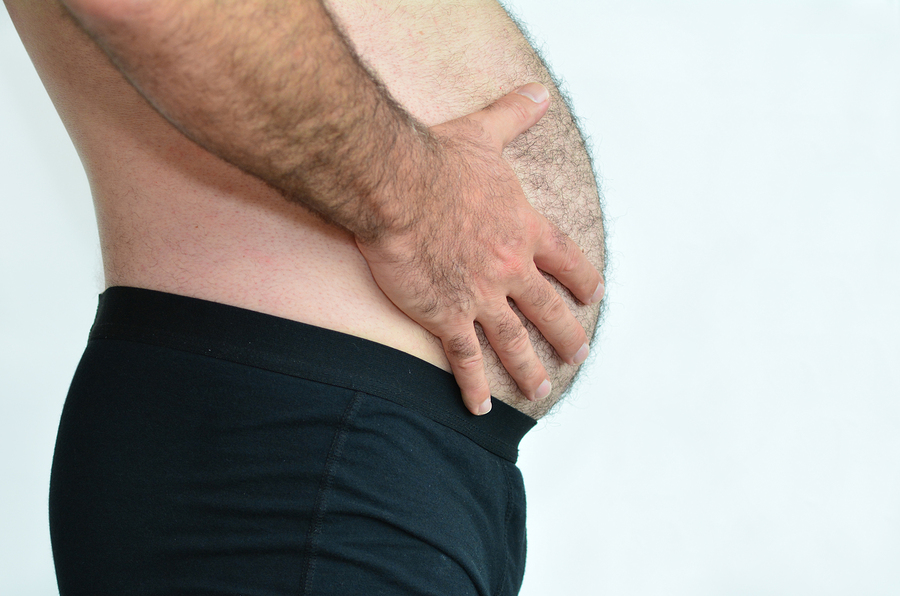- Make It Yourself Lavender Heart-Shaped Bath Bombs!
- 20 Things You Never Knew About “Down There”
- 12 Best Foods For Those Suffering From Arthritis Pain
- 12 Personal Hygiene Mistakes Almost Everyone Makes (Mom Never Told You About #4!)
- 15 Medicinal Plants And Herbs From The Cherokee People
- 12 Mind-Blowing Benefits Of Drinking Coconut Water During Pregnancy
- 12 Outstanding Winter Foods That Won’t Fatten You Up Like A Christmas Turkey
The Surprising Role Of Belly Fat In Your Immune System

Photo credit: bigstock.com
Many people have too much belly fat. In excess, it certainly is unattractive and it is also linked to numerous health problems. But not all fat is bad, and it turns out that belly fat may actually assist with a physiological function that few people would never have suspected: warding off disease.
The Odd Connection Between Belly Fat and the Immune System
The proper medical term for the sheet of fat on the front of your torso is the omentum. Whether you are rail thin or very overweight, everyone still has one. It is just a normal, natural feature in human physiology. The omentum is, as you might expect, primarily composed of fat cells. But there are also quite a few clusters of immune cells throughout the omentum and they play a role more important than most people realize.
Scientists have known about the omentum and the immune cells they contain for a long time. Interestingly, these clumps of immune cells were first observed in the dissected omentum of a rabbit in the 19th century. They were referred to as “milky spots” since they appeared as white blots contrasting with the yellowish color of the fat cells. The white color of these spots is of course due to the fact that they are composed of white blood cells as immune cells are more commonly known.
The scientists observed how these blotches of white blood cells would filter fluids through them. It was later discovered why: these concentrations of immune cells were actually gathering up antigens, germs, bacteria, and other cells and analyzing them. These immune cells helped the body decide whether or not they represented a threat, and if an immune response should be launched against them.
Thus, it was that medical science began to understand the link between belly fat and the immune functions of the body. This led a surgeon in the United Kingdom to describe the omentum as the “policeman of the abdomen”, according to a review published in Trends in Immunology in June, 2017. The omentum was also observed to play a role in reducing inflammation, and in helping the body heal from incisions made during surgery.
Continue to Page 2
































